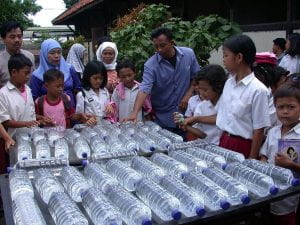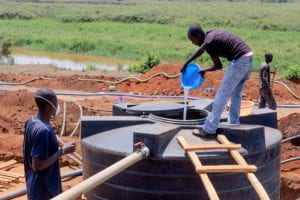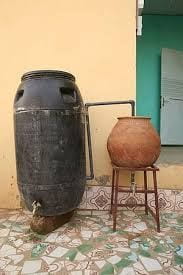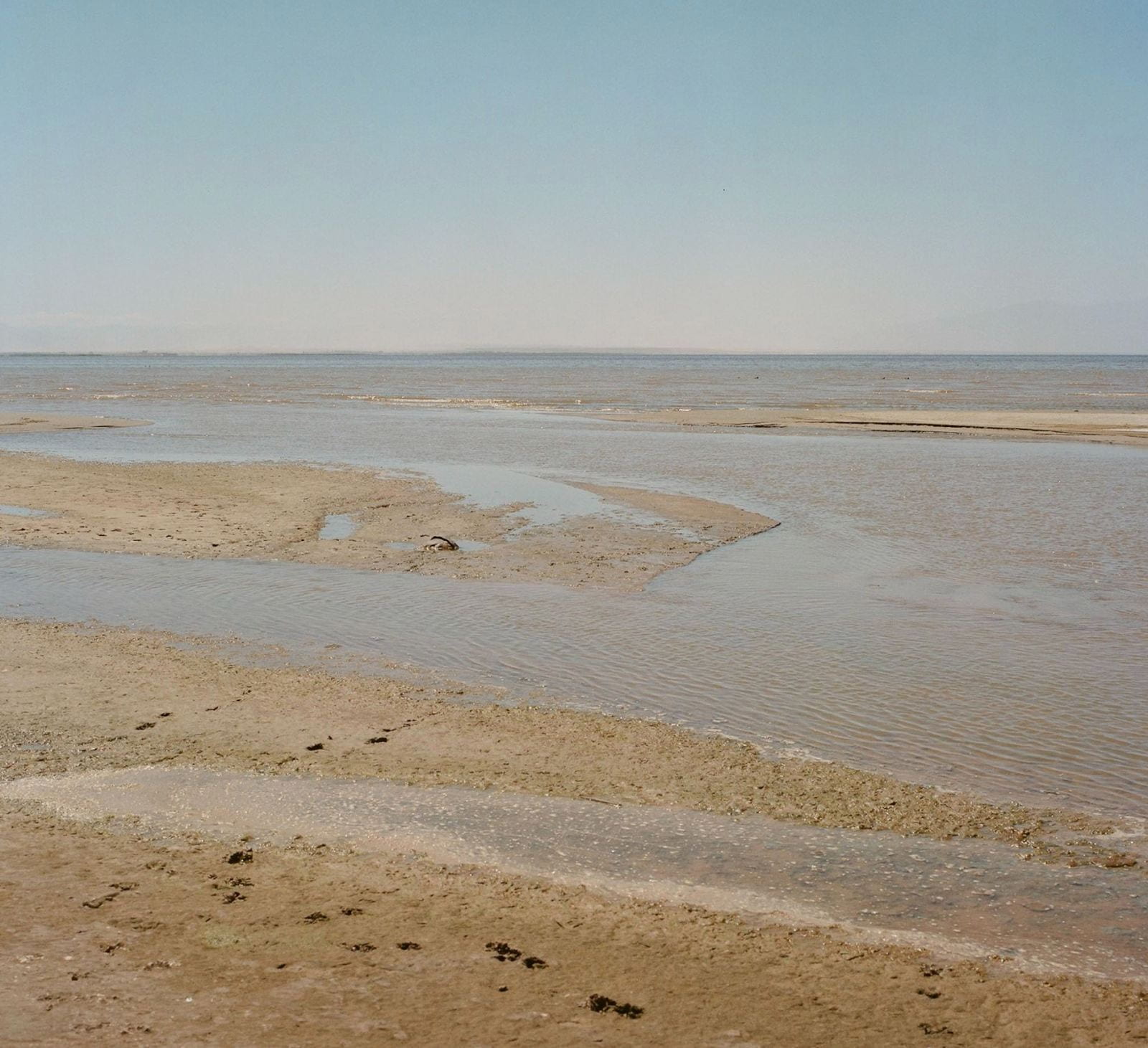Water Treatment in Developing Countries
Introduction
It’s easy to take for granted the clean water we get everyday, but access to clean and safe drinking water is a major issue many people face today. According to the World Health Organization, 1 in 3 people globally do not have access to safe drinking water. Because of the Environmental Protection Agency’s passage of the Clean Water Act in 1972 and the Safe Drinking Water Act in 1974, any water supplied to the public in the United States must meet minimum standards to ensure safe water and public health. Water that is discharged in the environment must also meet standards set by the EPA. However, many countries don’t have these regulations in place to ensure clean water to the entire population. Contaminants unable to be seen by the human eye can cause disease and sickness among a population. In fact, contaminated drinking water causes about 485,000 deaths a year (WHO, 2019). These deaths and even more cases of illness, such as Cholera, Giardia, and Dysentery, are caused by unclean drinking water due to the lack of sufficient water treatment technology.
Why is Proper Water Treatment Necessary?
Water is essential to life as we know it. We must drink water so our bodies can perform all of their daily functions. Drinking contaminated water can lead to a variety of serious health effects in humans. According to the United States Environmental Protection Agency, one of the most common contaminants found in water are pathogenic microorganisms, which can lead to outbreaks of waterborne diseases. Some of the most common examples are cholera, giardia, dysentery, and typhoid fever. These illnesses can lead to gastrointestinal ailments like diarrhea, eye or skin infections or lesions, or respiratory problems, many of which can be fatal for vulnerable populations. Heavy metals are also of concern, particularly arsenic. Arsenic is found naturally in high levels in the groundwater of many countries and is highly toxic. Prolonged exposure can cause cancer and skin lesions, and exposure in early childhood has been linked to harmful effects on the way children’s brains develop (WHO). Nutrients like nitrates or phosphates are also widely found in water and can affect the way blood carries oxygen. This is especially dangerous to babies who could develop “blue baby syndrome,” and causes oxygen not to be properly distributed throughout the body (CDC). These effects can be detrimental to populations at risk who may also lack access to medical care. However, providing clean and safe drinking water would prevent many of these diseases.
How water is treated in the United States
Do you know how your drinking water is cleaned? Drinking water treatment in the United States consists of many complex steps that involve water chemistry and engineering considerations. Here they are, simplified (CDC):
- Coagulation and Flocculation: This is generally the first step in water treatment. In this process, chemicals are added to the water which promotes the clumping of particles in the water. Contaminants in the water stick together to form larger clumps that can be more easily removed.
- Sedimentation: With sedimentation, the clumps that were just formed in the previous step are able to settle to the bottom to be removed.
- Filtration: The remaining water is filtered to remove smaller particles that could not be removed through coagulation and flocculation.
- Disinfection: Disinfection must be done to remove very small or dissolved contaminants that could not be removed in earlier processes. A disinfectant such as chlorine is used in the water to kill parasites, bacteria, viruses, and germs.
Water Treatment in Developing Countries
The process of water treatment in developing countries looks much different than the system in place in the United States. Modern and industrial water treatment facilities are complex and expensive. Many countries are not able to afford the cost of constructing and maintaining water treatment facilities that can cost anywhere from $45,000 for small scale or low flow treatment to millions of dollars for large scale start-up alone (Marshall). Without facilities to treat water, some countries turn to alternative solutions. Some of the most common treatment options are solar water disinfection, chlorination, ceramic and biosand water filters, and membrane filters.
 The first type of treatment is Solar Water Disinfection (SODIS). In this process, filled water bottles are exposed to sunlight for at least 6 hours which can help reduce the amount of pathogens in the water through UV radiation in which the DNA of these pathogens is penetrated. This process does not require chemicals, and the bottles can be reused. However, this cannot be done on water that is particularly cloudy or dirty, and there must be sunlight for the treatment to occur. This process is also not able to remove dissolved contaminants like heavy metals. The image shows Solar Water Disinfection being used in Indonesia.
The first type of treatment is Solar Water Disinfection (SODIS). In this process, filled water bottles are exposed to sunlight for at least 6 hours which can help reduce the amount of pathogens in the water through UV radiation in which the DNA of these pathogens is penetrated. This process does not require chemicals, and the bottles can be reused. However, this cannot be done on water that is particularly cloudy or dirty, and there must be sunlight for the treatment to occur. This process is also not able to remove dissolved contaminants like heavy metals. The image shows Solar Water Disinfection being used in Indonesia.
 The next type of water treatment many areas have turned to is chlorination. A common way to chlorinate the water is to add one to two bottlecaps of a solution containing a particular form of chlorine to a container of water, shake it, then wait at least 30 minutes before drinking it (CDC). The image shown is a larger scale application of the chlorination treatment method. The chlorine is able to kill pathogens, bacteria, and viruses in the water that may cause a number of waterborne diseases. This method does not require any installation and is an easy to follow process. However, the chlorine added may react with other compounds in the water to form byproducts that can also be harmful to human health, so they must be removed through other processes.
The next type of water treatment many areas have turned to is chlorination. A common way to chlorinate the water is to add one to two bottlecaps of a solution containing a particular form of chlorine to a container of water, shake it, then wait at least 30 minutes before drinking it (CDC). The image shown is a larger scale application of the chlorination treatment method. The chlorine is able to kill pathogens, bacteria, and viruses in the water that may cause a number of waterborne diseases. This method does not require any installation and is an easy to follow process. However, the chlorine added may react with other compounds in the water to form byproducts that can also be harmful to human health, so they must be removed through other processes.
 Ceramic and biosand water filters (BSF) are two different ways to treat drinking water. In a ceramic filter, water is allowed to flow through a filter with tiny pores, preventing contaminants from passing through. In a biosand water filter, sand acts as the filtering medium. This method requires someone to be able to replace the sand or ceramic filter occasionally when contaminants build up. Studies have shown that ceramic filters can be 3 to 6 times more cost effective than a centralized water system in place (Ren 2013). Although more cost effective, these filters do not completely remove viruses or bacteria from the water.
Ceramic and biosand water filters (BSF) are two different ways to treat drinking water. In a ceramic filter, water is allowed to flow through a filter with tiny pores, preventing contaminants from passing through. In a biosand water filter, sand acts as the filtering medium. This method requires someone to be able to replace the sand or ceramic filter occasionally when contaminants build up. Studies have shown that ceramic filters can be 3 to 6 times more cost effective than a centralized water system in place (Ren 2013). Although more cost effective, these filters do not completely remove viruses or bacteria from the water.
 Membrane filters are the most expensive treatment discussed here but are more effective in removing even smaller contaminants such as pathogens, bacteria, arsenic, and other chemicals than a sand or ceramic filter. These filters have a long lifespan but are not always feasible in developing countries because of their high cost and necessity of technical expertise. For example, the membrane filters shown in the image are part of a larger water treatment facility.
Membrane filters are the most expensive treatment discussed here but are more effective in removing even smaller contaminants such as pathogens, bacteria, arsenic, and other chemicals than a sand or ceramic filter. These filters have a long lifespan but are not always feasible in developing countries because of their high cost and necessity of technical expertise. For example, the membrane filters shown in the image are part of a larger water treatment facility.
How to Help Provide People Access to Clean Water
Being a conscious consumer and buying products from companies that work to provide clean water to different communities is one way to help. One such company is a reusable water bottle company called Jerry Bottle, which claims to give 100% of profits to water projects across the globe. Similarly, LifeStraw has vowed to deliver clean drinking water to one million people globally and proclaimed that, for every one of its products sold, one child in a developing country will receive safe drinking water for a year. Other companies that have launched initiatives to provide clean water to people include Hand in Hand Soaps, MudLove, Everly, and Jonas Umbrellas as well as clothing companies Sevenly, Janji, and Conscious Step.
Another way to help is to donate to an organization focused on this issue. There are a number of organizations working to provide clean and safe drinking water to communities that don’t have the resources necessary to clean their water supply. Charity:Water is a nonprofit organization that works to provide water technologies from filters to wells to over 20 developing countries in Africa, Asia, Latin America, and the Caribbean. Water.org is another nonprofit organization that works to provide people with clean water through small loans made and repaid. Other notable nonprofits include Generosity.org, Pure Water For the World, and Blood:Water.
Don’t make choices that will pollute water sources near you, and don’t support companies that pollute water sources around them. There are many companies that make products which end up polluting the environment around them. Whether the pollutant is the product or the byproducts of the product’s production process, both are important considerations in purchasing a product.
Conclusion
Water is necessary for human survival, yet 1 in 3 people don’t have access to clean and safe drinking water. Many developing countries cannot afford to construct and operate expensive drinking water facilities and have to use alternative methods such as solar water disinfection, chlorination, ceramic and biosand water filters, and membrane filters. Although these treatments are effective in removing some contaminants, they also have their drawbacks and don’t fully treat the water. The fact is water insecurity is increasing globally, and the World Health Organization predicts that by 2025, half of the world’s population will be living in water stressed areas. (WHO). In order to alleviate this water crisis, water treatment technologies such as membrane filters have to become more widely available, and personal actions to save water and supply it to water insecure communities must be taken.
Works Cited
“Arsenic.” World Health Organization, World Health Organization, 15 Feb. 2018,
www.who.int/news-room/fact-sheets/detail/arsenic.
“Chlorination.” Centers for Disease Control and Prevention, Centers for Disease Control and
Prevention, 23 Apr. 2014, www.cdc.gov/safewater/chlorination.html.
“Drinking-Water.” World Health Organization, World Health Organization, 14 June 2019,
www.who.int/news-room/fact-sheets/detail/drinking-water.
“Magnitude & Burden of Waterborne Disease in the U.S.” CDC Centers for Disease Control and
Prevention, Centers for Disease Control and Prevention, 10 Nov. 2016,
www.cdc.gov/healthywater/burden/index.html.
Marshall, Kimberly. “How Much Does an Industrial Water Treatment System Cost?”
Samco Tech, 22 Sept. 2017,
www.samcotech.com/how-much-does-an-industrial-water-treatment-system-cost/.
“Overview of the Safe Drinking Water Act.” EPA, Environmental Protection Agency, 14 Jan.
2020, www.epa.gov/sdwa/overview-safe-drinking-water-act.
Ren D, Colosi LM, Smith JA. Evaluating the sustainability of ceramic filters for point-of-use
drinking water treatment. Environ Sci Technol 2013;47:11206-13
“Summary of the Clean Water Act.” EPA, Environmental Protection Agency, 11 Mar. 2019,
www.epa.gov/laws-regulations/summary-clean-water-act.
“Water Treatment.” Centers for Disease Control and Prevention, Centers for Disease Control
and Prevention, 20 Jan. 2015,
www.cdc.gov/healthywater/drinking/public/water_treatment.html.


